For a decade, Audrey and I had a waterfront home in the northwest corner of Florida, east of Pensacola, on the shore of the shallow East Bay. As we explored the edges of those waters from 2011 to 2021, a push pole could take us through shallows and reeds that we’d avoid if we were paddling or rowing.The push poles used in the mudflats and marshes in the East Bay area have lengths ranging from 12′ to 18′. There are many different attachments for the bottom end of the pole, and they play an important role. They should provide enough foundation for the pole to push against without sinking too deep into the muck. We tried a few different attachments while in Florida and they performed marginally well. On a few occasions we glided quietly away from our pole after I couldn’t pull it from the soft bottom in time to keep from going overboard with it. When force is applied to the push pole the Duckbill Head opens up to a 12″ span to increase the area pressing against the mud.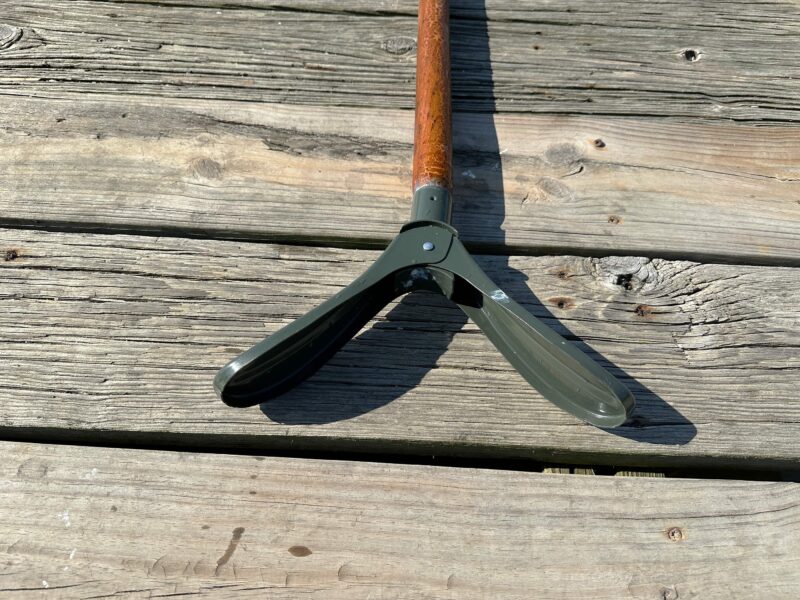 Photographs by the authors
Photographs by the authors
Join The Conversation
We welcome your comments about this article. To include a photo with your remarks, click Choose File below the Comment box.

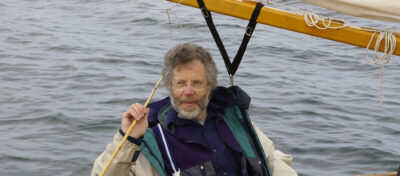
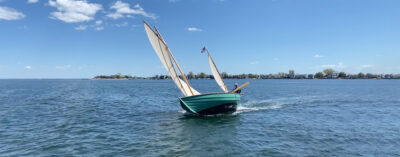



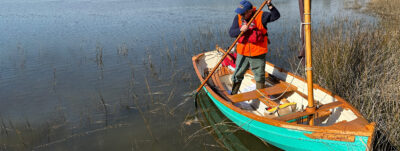
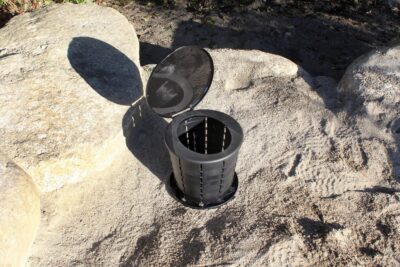
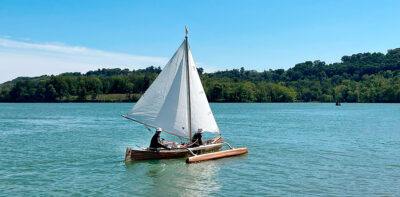
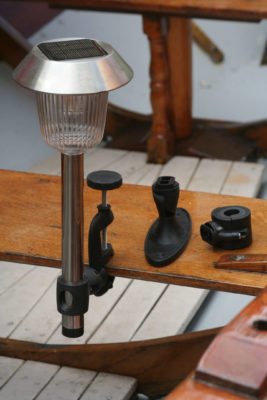

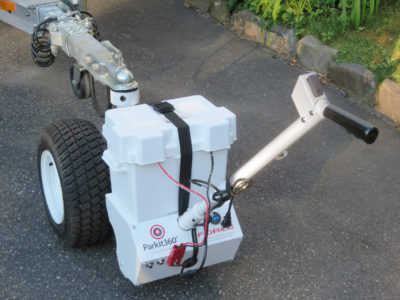

An interesting adaption. Without any knowledge of poling, it does seem as if the stiffening edges on the bills would be better the other side of the bills.
Am I missing something?
On the other side they could act as scoops for bottom material, harder to pull the foot out.
This style was first made by/for Herter’s – of Waseca, Minnesota – about 75 years ago. The design has stood the test of time. I have used them – primarily for duck hunting with an 11′ pole – but they are also handy on shorter poles in a canoe that ventures into swamps and beaver ponds – and also as and aid in wading in such habitats. Here’s an image of a catalog page from 1950. Rich-Mar made them next – and now others.
I concur that the lips on the upper edges would both grab bottom sediments and weeds as well as creating drag when pulled upward. It’s a wonderful tool as is.
Traditionally push-pole feet came in many types depending on the bottom. Some were set up so the pole could be used as a paddle if hitting deep water, others metal for working rocks. Mine is Delaware style with three natural crooks making three toed crows feet. They were mostly working in the marsh, reeds with a firm bottom. I learned to give the pole a little twist which help free it when the bottom was soft. I can use mine as a sprit sailing. Pole itself is a closet pole.